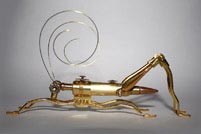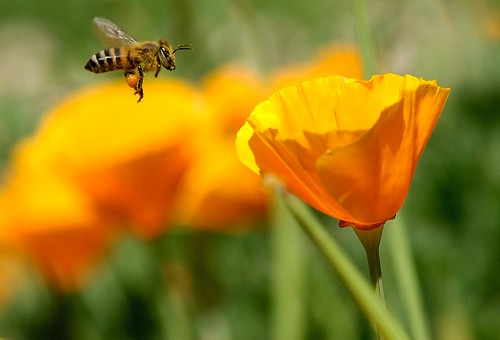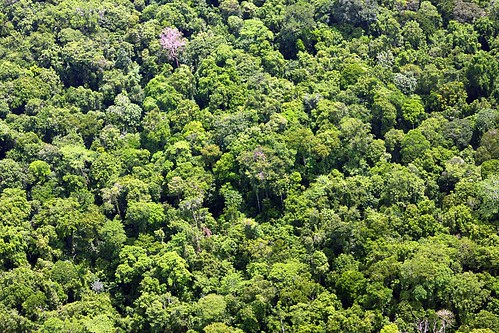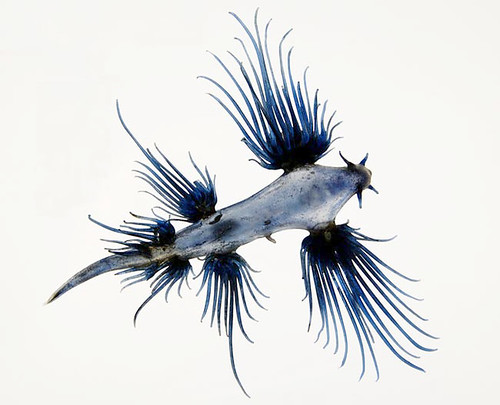Behold, the Bat flower.
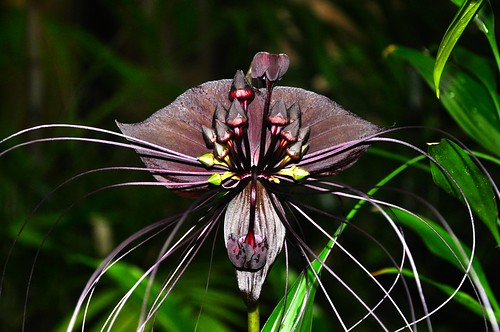 I mean, just look at that.
I mean, just look at that.When we think about flowers, we usually think of something attractive and/or sweet smelling, like a rose or a lily or a daisy, with bees and butterflies busily feeding on their nectar or pollen. However, this leaves out a great majority of plants whose flowers have adopted different strategies in order to attract other, less well known pollinators, such as flies or even mammals such as shrews or bats. You might know of the
Rafflesias, which smell like rotting meat and attracts carrion flies.
Bat flowers, or Devil Flowers (genus
Tacca) get their common name from their unusual bat-like (or demon-like) appearance, not because they are pollinated by bats (those have a coolness all of their own). These are members of the yam family (Dioscoreaceae).
...Wait, yam?
Yep, bet you didn't see that coming. A yam. But whatever yam you're thinking, you're probably wrong. The subject of another post!
These are found in tropical Africa, Southeast Asia and Australia, showing that the tropics are just chock-full of oddness! There is some controversy about how exactly these plants are pollinated, because while they look like they're pollinated by flies, a recent study finds that they seem to be perfectly happy self-pollinating.
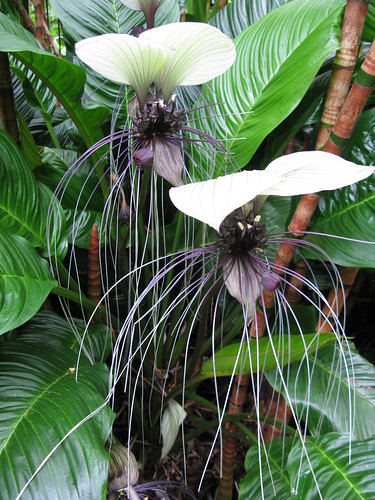 Does this look like a plant that does not play well with others? Wait, don't answer that.
Does this look like a plant that does not play well with others? Wait, don't answer that.Some of the more evolutionary biology-inclined among you are probably already asking: If these plants are happy selfing, then why so much fuss and bother producing these spectacular flowers?
I don't know either. But I would like to find out.
Further reading:
Predicting mating patterns from pollination syndromes: the case of "sapromyiophily" in Tacca chantrieri (Taccaceae)
